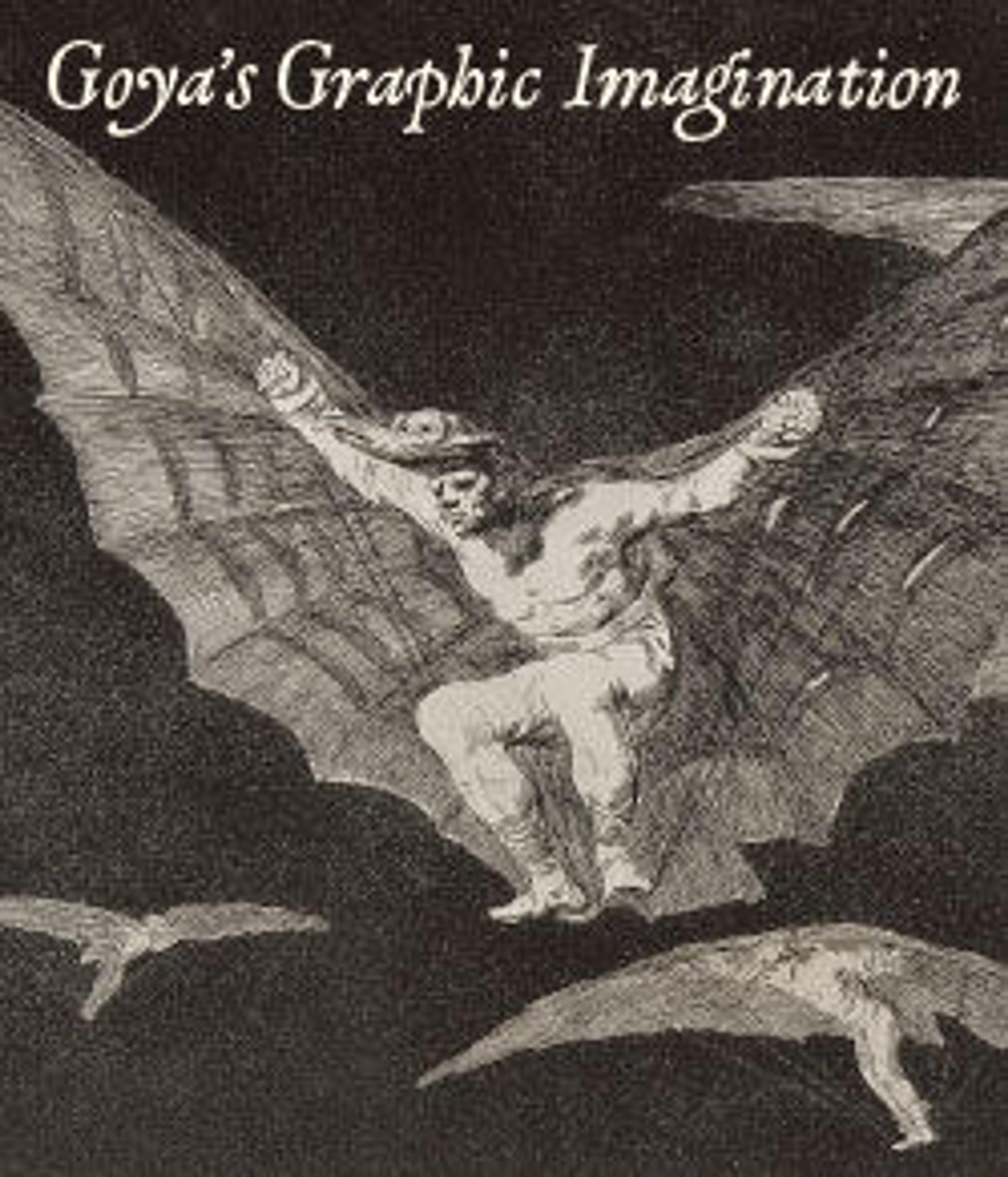Landscape
The print is of great rarity. It is one of only four known impressions printed by Goya in his lifetime. The other impressions are in the Biblioteca Nacional, Madrid, The Art Institute in Chicago and a private collection in Berlin. Within the context of his work, the Landscape sits at an important juncture. It was made after his major series of prints 'Los Caprichos' (1799) and before the 'Disasters of War' (ca. 1810-15). As such, it was produced when Goya was experimenting with individual subjects – not part of a series – and finds parallels with this other work from around the same time. The print was not meant for wide distribution and very few impressions were printed. The personal and somewhat introspective nature of is subject is key to understanding the direction Goya was moving in before the outbreak of the Peninsular War. The composition of the landscape is both balanced and precarious. Imposing natural forms loom over the diminutive figures in the foreground—a disquieting juxtaposition. The print might be interpreted as embodying the calm before the storm, when a foreboding presence threatens to overpower unsuspecting victims. It might therefore capture the fearful anticipation of the invasion by Napoleon’s army, who entered Portugal in 1807 before moving to Spain the following year.
In 1810, or slightly before, Goya cut the Landscape copper plate in half to use the verso for two etchings in his monumental series of etchings the Disasters of War (plates 13 ‘Bitter to be present’ and 15. ‘And there is no help’). This Landscape is one of a pair (Harris 24). The other with a rock and waterfall was also cut in half for the same purpose. Both plates are in the Calcografía in Madrid. Goya probably cut the plates because of the shortage of copper at the beginning of the Peninsular War when he was embarking on the 'Disasters of War'. Around 1920 the plates (the original two cut into four) were temporarily rejoined to print impressions of the landscapes. Because of the disfiguring cut, the fault could not be concealed and only a few impressions were taken (see for example British Museum 1975,1025.32). The contrast between the impressions before and after the cut is unmistakable.
In 1810, or slightly before, Goya cut the Landscape copper plate in half to use the verso for two etchings in his monumental series of etchings the Disasters of War (plates 13 ‘Bitter to be present’ and 15. ‘And there is no help’). This Landscape is one of a pair (Harris 24). The other with a rock and waterfall was also cut in half for the same purpose. Both plates are in the Calcografía in Madrid. Goya probably cut the plates because of the shortage of copper at the beginning of the Peninsular War when he was embarking on the 'Disasters of War'. Around 1920 the plates (the original two cut into four) were temporarily rejoined to print impressions of the landscapes. Because of the disfiguring cut, the fault could not be concealed and only a few impressions were taken (see for example British Museum 1975,1025.32). The contrast between the impressions before and after the cut is unmistakable.
Artwork Details
- Title:Landscape
- Artist:Goya (Francisco de Goya y Lucientes) (Spanish, Fuendetodos 1746–1828 Bordeaux)
- Date:ca. 1807–10
- Medium:Etching, aquatint
- Dimensions:Sheet: 12 1/8 × 17 1/16 in. (30.8 × 43.4 cm)
Plate mark: 6 9/16 × 11 1/4 in. (16.7 × 28.5 cm) - Classification:Prints
- Credit Line:Purchase, Joseph Pulitzer Bequest, Lila Acheson Wallace Gift, Van Day Truex Fund, and several members of The Chairman's Council Gifts, 2015
- Object Number:2015.539
- Curatorial Department: Drawings and Prints
More Artwork
Research Resources
The Met provides unparalleled resources for research and welcomes an international community of students and scholars. The Met's Open Access API is where creators and researchers can connect to the The Met collection. Open Access data and public domain images are available for unrestricted commercial and noncommercial use without permission or fee.
To request images under copyright and other restrictions, please use this Image Request form.
Feedback
We continue to research and examine historical and cultural context for objects in The Met collection. If you have comments or questions about this object record, please contact us using the form below. The Museum looks forward to receiving your comments.
